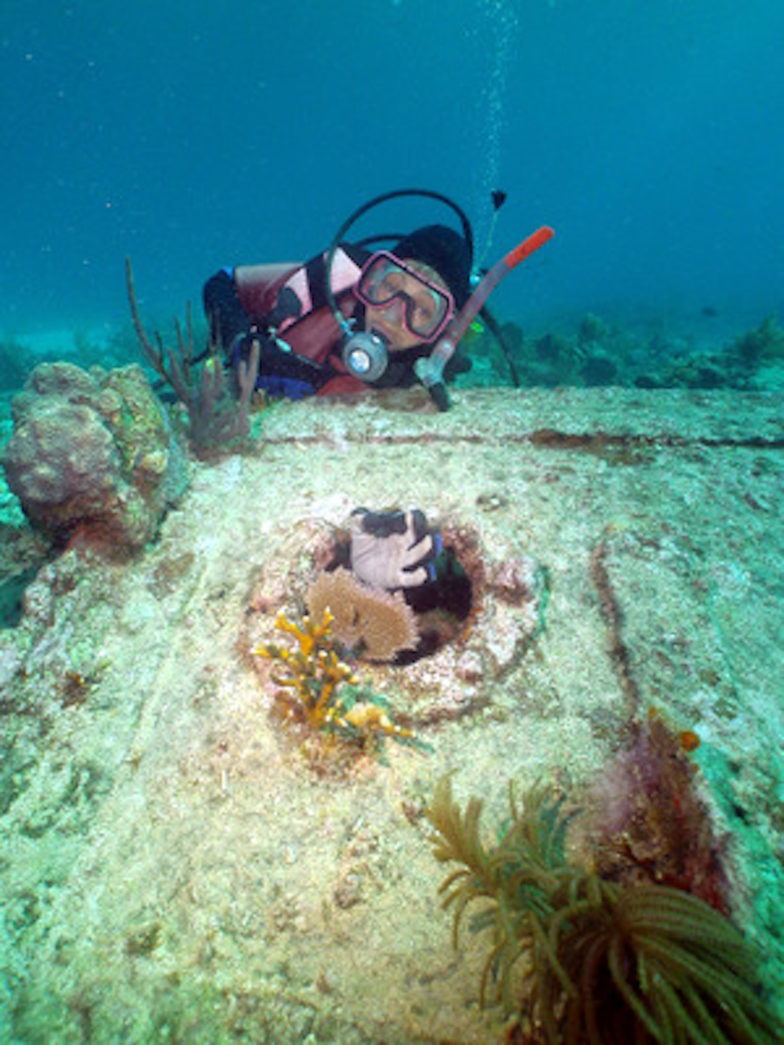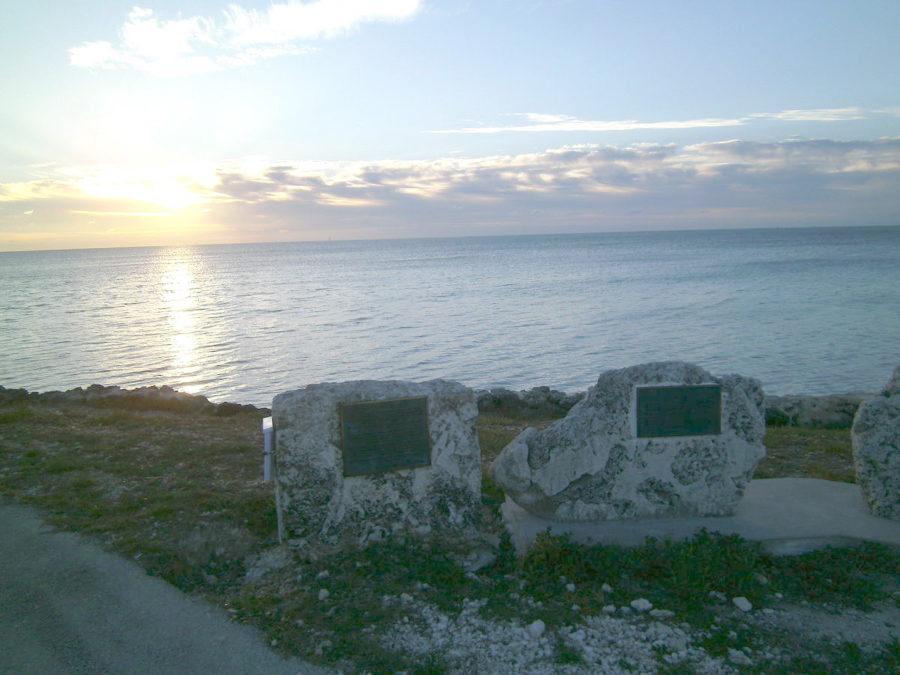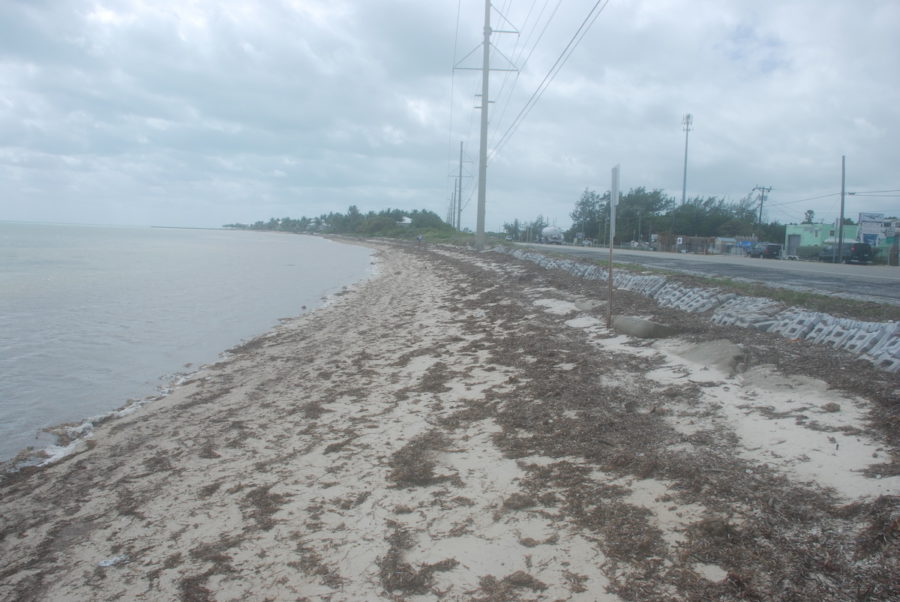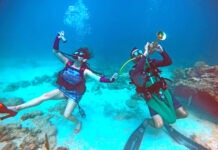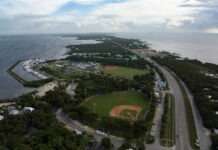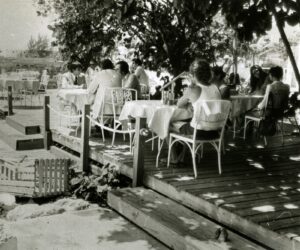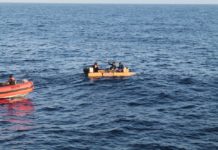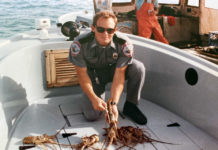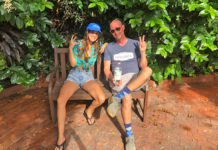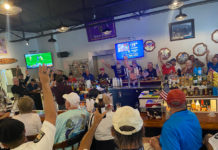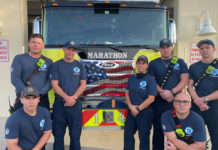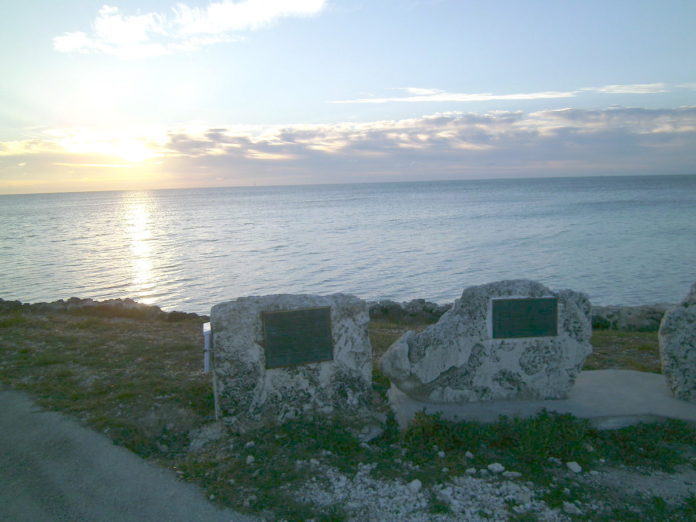
“Florida is the epicenter for sunken Spanish treasure galleons.” That was the mantra of the late Bob ‘Frogfoot’ Weller. He searched for shipwrecks in the Keys for over 40 years.
His discoveries rivaled those of his friend Mel Fisher. Frogfoot was always successful as he knew Florida’s underwater bounty can never be exhausted. Furious hurricanes wrecked about 10% of colonial Spanish shipping. Centuries of wind, waves and storms in the Atlantic scattered this wreckage over miles of ocean. It will never all be found.
Finding sunken treasure requires careful research, high tech equipment and perseverance. When I decided to travel south to join my friends in the Florida Keys on recent underwater explorations, I packed my 35 horsepower outboard engine, inflatable boat, treasure detectors, scuba tanks and equipment. I took everything I would need to be autonomous in the months that followed. Driving with a packed car was the only alternative. The inflatable would be perfect for offshore exploration in shallow water.
I was lecturing and teaching in the north when I got a call that finds were being made on Treasure Beach at MM 74 in Lower Matecumbe. I was told to bring my gear; Treasure Beach beckoned. Silver colonial Spanish coins were discovered right on the spit of sand that I always search along a sliver of beach at a crescent curve of Overseas Highway. I was anxious to see what I could find with my new Garrett AT Max waterproof detectors.
A 1,500-mile trip with a full car is exhausting. It requires at least one overnight. While fuel costs have gone down, it is not inexpensive to drive. I checked into Amtrak’s Auto Train. They had a sale in effect. I was able to book my SUV and passage very reasonably.
When I have to get a packed car back to Florida after lecturing in the north, I joke that Amtrak’s Auto Train is my Florida Treasure Express. The train is operated from Lorton, Virginia, just south of Washington, DC right off I-95, to Sanford, Florida about twenty miles north of Orlando.
I got to the Keys in good time as I pulled in and parked in spaces at Lobster Walk, just across the highway from Treasure Beach. First thing I did was check out areas I knew where a Spanish galleon, the El Lerri, wrecked offshore. Hurricanes ripped up the Keys and did considerable damage along Florida’s coast. For veteran treasure hunters, hurricanes and storms provide opportunities to search eroded beaches for Spanish treasure coins as well as artifacts thrown up from their inshore graveyards.
Locals know this thin spit of land, just beyond Lower Matecumbe Key, as Bale Beach. Since land was donated on the apron next to U.S. 1 to preserve natural sea oats, the beach also bears the name Sea Oats Beach. Bale Beach is derived from the fact that a U.S. Coast Guard helicopter intervened when bales of illegal marijuana floated ashore here.
I took my time searching along the narrow beach. It is here that Bill Cassinelli found a small clump that registered on his detector. When he broke the clump apart there were two minted silver pillar dollars bearing the date 1732. The outside of the coins was corroded. The coins faced each other in the clump, thus inside faces were in perfect condition. If both sides of the coins were in perfect condition, they would be worth $10,000 each. The year 1732 was the first year Spanish mint masters used a screw press in the New World to mint perfectly round coins.
I discovered a well-worn piece of eight and a smaller silver coin that was badly corroded yet of colonial Spanish mintage. These coins were clearly thrown up on the beach by the fury of a storm. The coins were rolled around in sand and did not offer dates or clear markings.
Next, I headed north toward Key Largo to join friends who were licensed by the State of Florida under a pre-existing admiralty claim. When the Abandoned Shipwreck Act was passed in 1988, formally codified as Public Law 100-298, the U.S. government transferred its title and authority under Admiralty Law to the states. Abandoned shipwrecks embedded in coralline formations on the state’s submerged lands as well as abandoned shipwrecks located on a state’s submerged lands were ceded to states.
State waters include areas from the high water mark seaward three miles. Islands can extend state jurisdiction to three miles from the island. Those admiralty claims filed by treasure salvors prior to the effective date of the Abandoned Shipwreck Act are grandfathered in. These shipwreck sites can be worked by the licensee usually with participation, cooperation and sharing of artifacts with Florida.
Salvors in the Keys with licenses from the State of Florida, acting under pre-existing admiralty claims, adhering to environmentally safe excavation methods, employing certified archaeologists to document and preserve finds, continue to explore and exploit colonial Spanish shipwrecks.
I was glad to have my own dive gear and camera equipment when I went out with friends licensed by the State of Florida. I wanted to document the remains of a Spanish shipwreck with my underwater camera. Nothing remained of the hull. What was left to see on the ocean bottom, after the fury of a hurricane that struck the treasure fleet returning to Spain in 1733 scattering wreckage from about Marathon north to Key Largo and beyond, were ballast stones. These river rocks can easily be distinguished from normal coralline rock formations.
When hurricanes struck, galleons were bounced over shoals and shallow reefs. Ballast stones would be scattered out of broken hulls or remain in the sunken derelict to mark the shipwreck long after all wood deteriorated. Heavy cannons would either be thrown overboard to give distressed galleons maneuverability and prevent sinking when they took on water or the wrecking would also leave behind ship’s cannons and anchors as it sank.
I photographed an anchor underwater. One huge fluke was embedded in coral. The stem of the anchor faced shore, its fluke dug in, evidence that sailors put the anchor over to hold their ship, hoping to prevent it careening onto shallow reefs.
There is fun diving anywhere in Florida’s Keys. Shipwrecks abound, offering underwater photographers many great opportunities. It is important to remember that shipwreck sites are protected by Florida laws. Look, photograph, but do not touch unless under permit from state authorities. If in any of the national underwater parks and sanctuary areas, their jurisdiction applies as well.
Florida has designated the shipwreck site of the San Pedro as a historic underwater preserve. While the original cannons have been removed, the state has placed cement cannons around a ballast pile for divers to enjoy. The San Pedro is a shallow dive accessible to snorkelers. The cement cannons simulate an original 1733 fleet wreck site.
Treasure Beach awaits intrepid explorers as do shipwrecks offshore. Immerse yourself in history.
